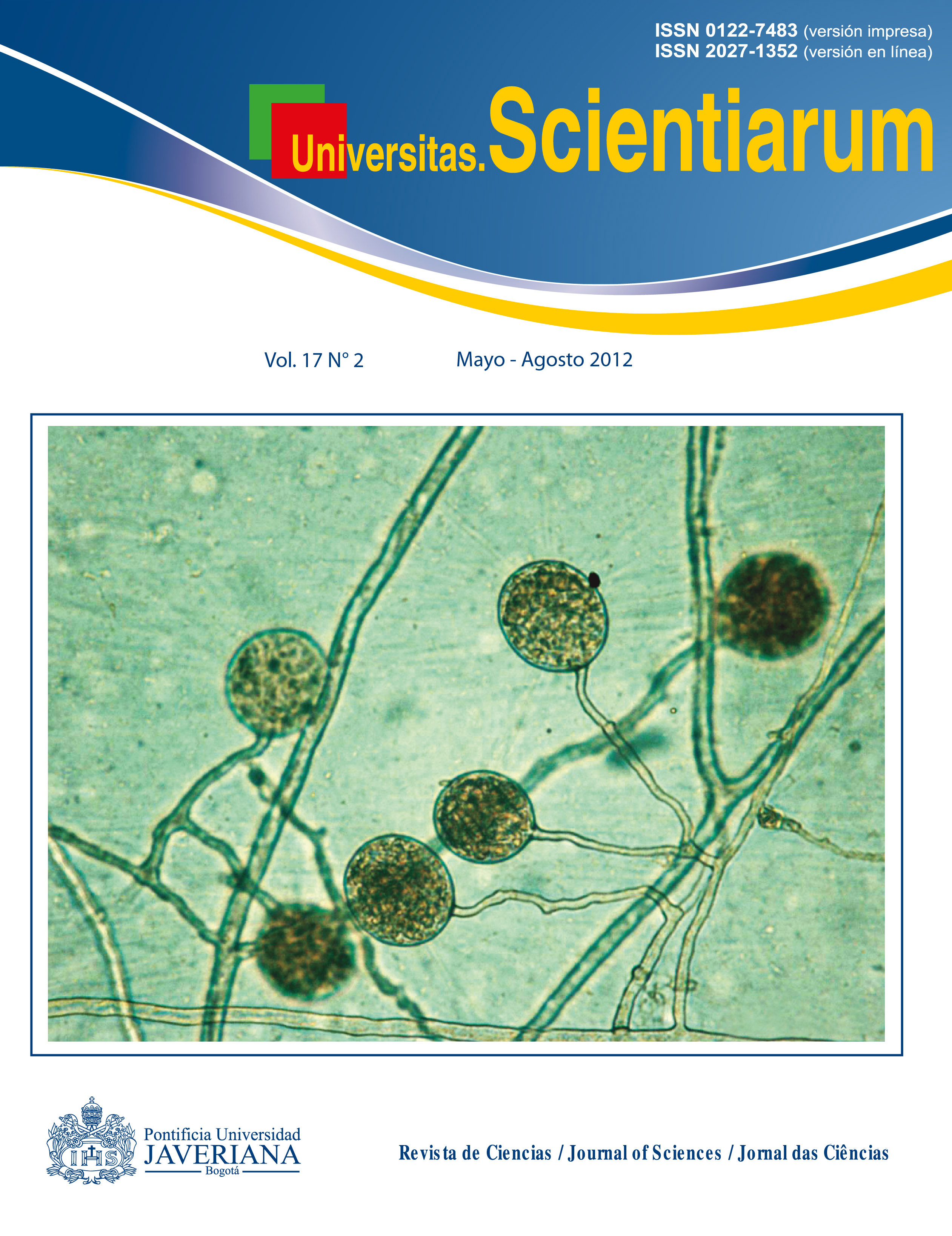Abstract
During embryological limb formation mesenchymal cells condense and differentiate into chondrocytes, in a process known as chondrogenesis. These chondrocytes synthesize glycosaminoglycans (GAGs), thus playing an important role in this process. A simplified system in vitro chondrogenesis, using adult mesenchymal stromal cells (MSCs) has been demonstrated. This differentiation potential is usually assessed by histological staining. Objective. Establishment of a semi-automatic grading system for histochemistry stains and immunohistochemistry assays. Materials and methods. For chondrogenesis cells were cultured for three weeks in aggregates with inducing media. Total GAGs were measured using dimethylmethylene blue (DMB) method. For histological analyses aggregates were stained with Alcian blue for total GAGs detection and immunohistochemistry (IHC) for aggrecan was performed. Semi-automatic grading for all slides was obtained after ImageJ analysis. Results. MSCs cultured as aggregates in chondrogenic differentiation media had similar protein concentrations for all time points, suggesting cellularity remained homogenous during culture. Total GAGs was higher for aggregates cultured in chondrogenic compared to complete media. The same trend was observed for Alcian blue stain grades by blinded observer and analysis using ImageJ software. Aggrecan’s IHC analysis had a decreasing tendency with time for aggregates in chondrogenic media for blinded observer and ImageJ evaluation. Conclusion. We developed a functional system for semi-automatic slide grading. We corroborated these results by biochemical analysis with comparable results. To our knowledge, for in vitro chondrogenesis, this is the first report to evaluate stains using
this methodology. This procedure might be useful for other applications in the field of Biology and Medical Sciences.
Key words: mesenchymal stromal cells, in vitro chondrogenesis, glycosaminoglycans, ImageJ
Univ. Sci. is registered under a Creative Commons Attribution 4.0 International Public License. Thus, this work may be reproduced, distributed, and publicly shared in digital format, as long as the names of the authors and Pontificia Universidad Javeriana are acknowledged. Others are allowed to quote, adapt, transform, auto-archive, republish, and create based on this material, for any purpose (even commercial ones), provided the authorship is duly acknowledged, a link to the original work is provided, and it is specified if changes have been made. Pontificia Universidad Javeriana does not hold the rights of published works and the authors are solely responsible for the contents of their works; they keep the moral, intellectual, privacy, and publicity rights. Approving the intervention of the work (review, copy-editing, translation, layout) and the following outreach, are granted through an use license and not through an assignment of rights. This means the journal and Pontificia Universidad Javeriana cannot be held responsible for any ethical malpractice by the authors. As a consequence of the protection granted by the use license, the journal is not required to publish recantations or modify information already published, unless the errata stems from the editorial management process. Publishing contents in this journal does not generate royalties for contributors.



